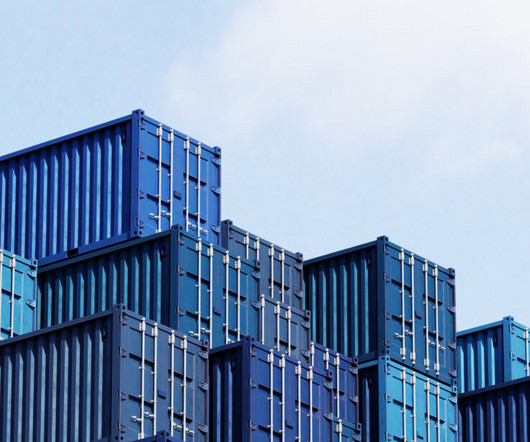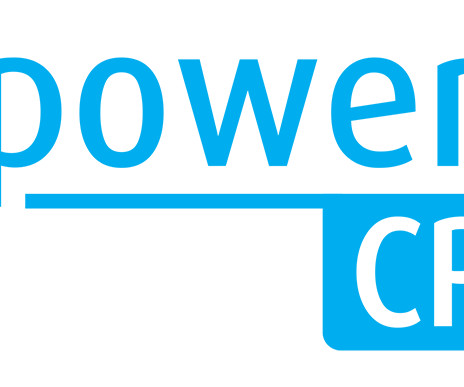Manufacturers Must Seek Better Supply Chain Visibility
ivalua
DECEMBER 16, 2015
One area that manufacturers need to focus on is improving supply chain visibility. Here we define visibility as having access to accurate, real-time data that enables better decision making and risk mitigation. Visibility all the way up the supply chain. Demand visibility all the way up the supply chain.













Let's personalize your content